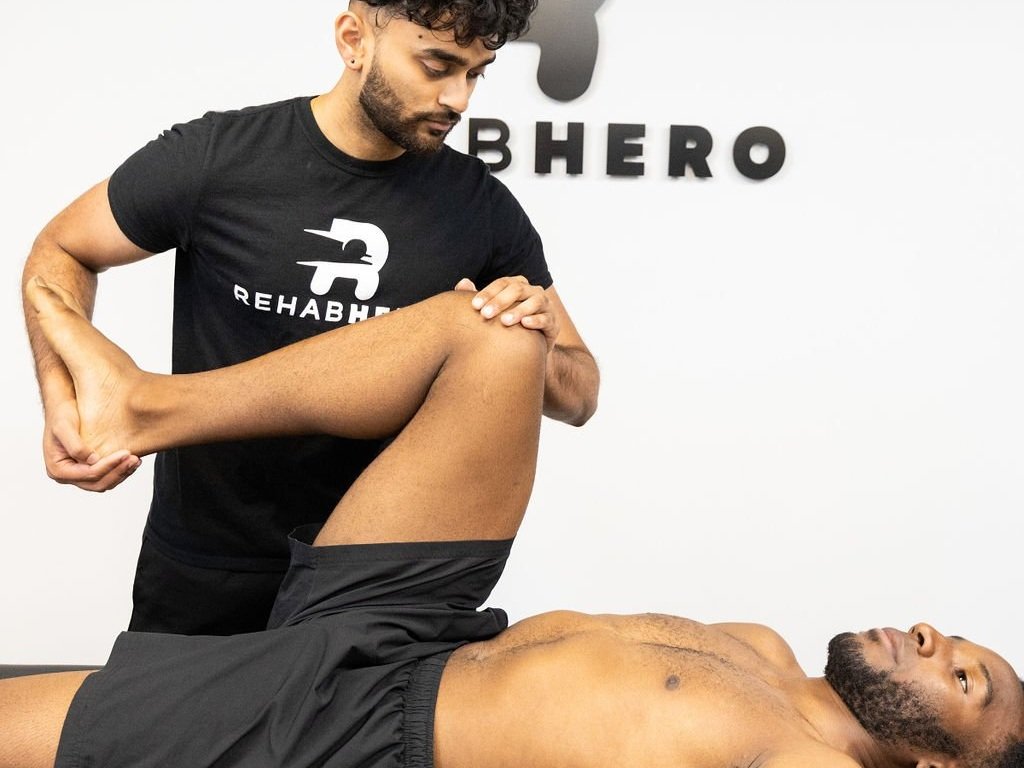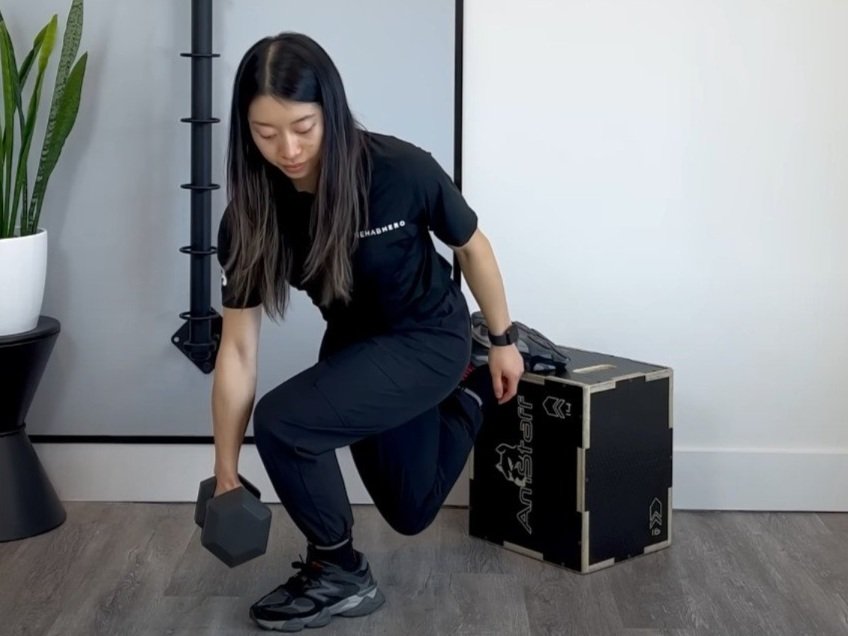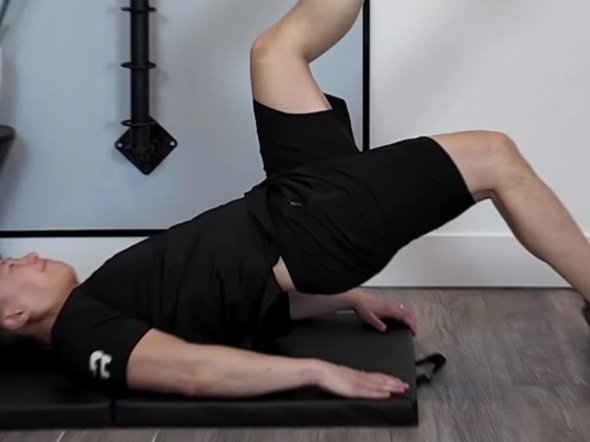What Is Runner’s Knee?
Runner’s Knee Overview
What you need to know about your knee
What is Runner's Knee?
Runner's knee is clinically referred to as Patellofemoral Pain Syndrome (PFPS) and is often described as pain at the front of your knee around the kneecap (patella). PFPS can occur due to direct trauma to the patella but is most commonly associated with overuse and overload of the patellofemoral joint. PFPS is more common for people who participate in sports that involve running and jumping.
What are some signs and symptoms of Runner's knee?
The main symptom commonly associated with PFPS is pain at the front of the knee, although pain can also travel around and behind the knee. Daily activities such as bending your knees while walking, squatting, kneeling, running, and getting up from a chair can cause pain around the knee.
What causes runner's knees?
Multiple different factors might contribute to runners knee pain, below are a few factors:
● Repetitive or overuse of the knee
● Direct trauma to the patella
● Misalignment of Patella
● Weak or restricted muscles surrounding hip, knee, and ankle
● Insufficient warm-ups before exercise or activity
● Flat Feet
● Plica Syndrome
How to manage and prevent Runner's Knee
A few ways to manage pain on your own is to implement warming up before activities, exercise, and rest management.
Warming up - Before any forms of activity, it is important to consider incorporating a warm-up. This includes doing dynamic drills or stretches and muscle activation exercises surrounding the hip, knee, and feet area. By warming up before exercise, it will help raise your body temperature, increase blood flow to your muscles, as well as introduce tension to muscles to help withstand more demands during exercise or sport of choice.
Exercise - Working on muscle imbalances to help hip, knee, and ankle alignment can help with improving compensation and movement patterns. This is why it is important to see a healthcareprofessional to get a thorough assessment to get a better understanding of WHY an individual is experiencing pain at the front of the knee.
Rest - Although exercise is significant to have a more resilient body and manage pain. It is important to understand your body and its limits, using lighter load certain days or potentially taking the time to rest will help with giving your body time to recover and reduce pain.
What are some treatment options?
Chiropractic, Physiotherapy, and Registered Massage therapy can help with the treatment of runner's knees. Using different modalities such as sports massage, myofascial release, joint mobilizations, and medical acupuncture can help with the management of the runner's knee. The use of exercise prescription may also be utilized to help with recovery and improve movement patterns.
What are some exercises for PFPS?
Exercises prescribed will really depend on your assessment findings. Even though pain may present similarly from person to person, the reason why it started happening will vary greatly. That being said, here are some basic exercises that are sometimes prescribed at the beginning of a rehab program:






















